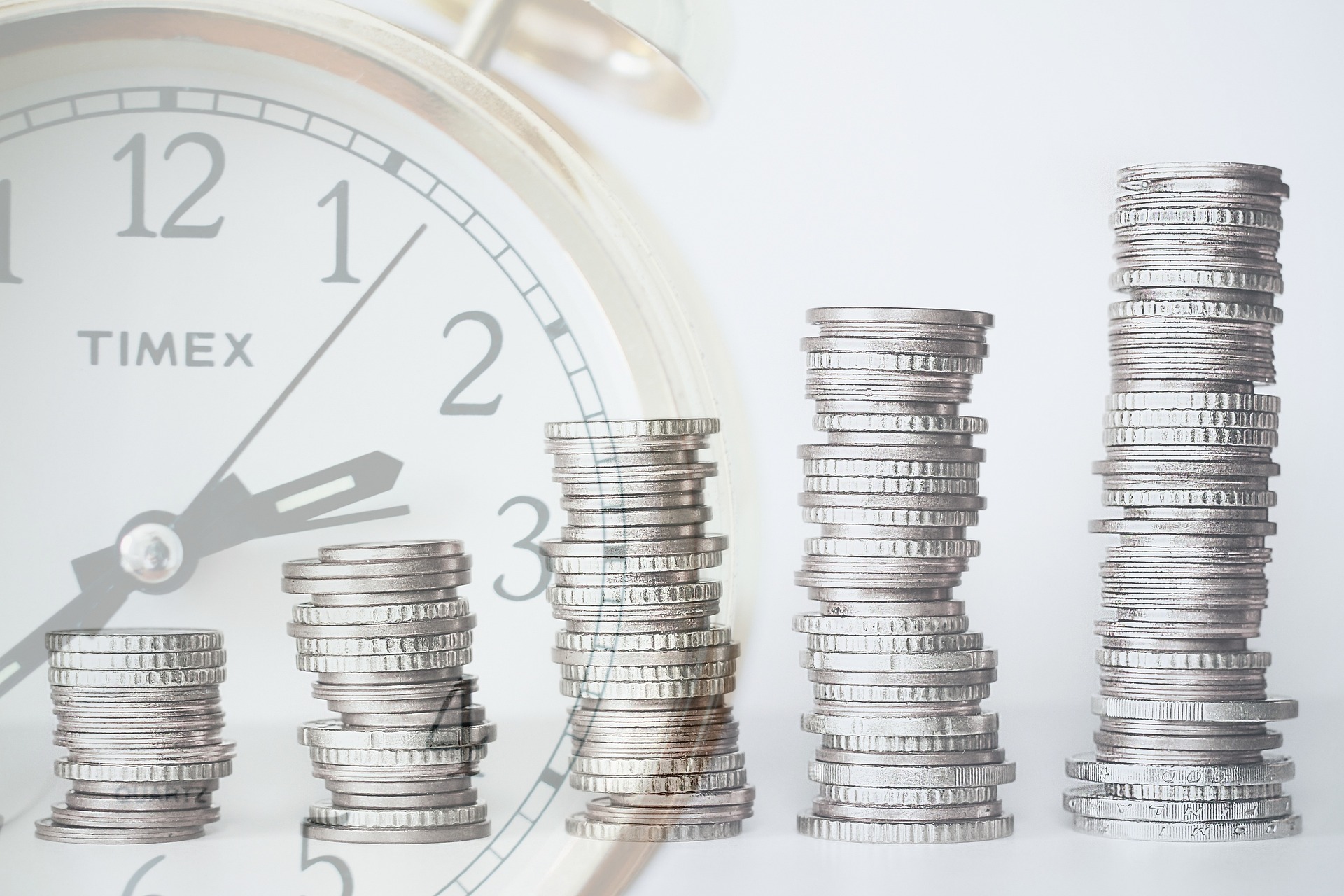Investing in valuable metals has long been recognized as a strategic approach to diversifying investment portfolios and preserving wealth. For instance, Lear Capital complaints and reviews can help you determine if they are the right agency to invest with. Precious metals, including gold, silver, platinum, and palladium, hold a unique allure due to their intrinsic value, historical significance, and ability to serve as a hedge against economic uncertainties. Below are the key advantages of investing in precious metals.
Store of Value
One of the primary advantages of investing in precious metals is their role as a store of value. Throughout history, precious metals have been used as a medium of exchange and a reliable form of wealth preservation. Unlike paper currency, which is subject to inflation and devaluation, precious metals tend to maintain their value over time. This stability provides investors with a tangible asset that can help safeguard their financial well-being.
Diversification
Diversification is a fundamental principle of successful investing. Precious metals provide a practical way to diversify investment portfolios, reducing overall risk. These metals often correlate poorly with traditional financial assets like stocks and bonds. When included in a diversified portfolio, precious metals can mitigate the impacts of market volatility and economic downturns.
Inflation Hedge
Precious metals are often sought after as a hedge against inflation. During rising inflation, the value of paper currency may decrease, but the value of precious metals tends to remain relatively stable or even appreciated. As a result, holding a portion of your investment portfolio in precious metals can help protect your purchasing power and maintain your wealth.


Long-Term Capital Appreciation
While precious metals can provide short-term protection, long-term capital appreciation is possible. Industrial applications, jewelry, and investment demand drive the demand for precious metals. As these factors evolve, the value of precious metals can experience gradual growth over time.
Liquidity and Global Acceptance
Precious metals are highly liquid assets that are recognized and accepted worldwide. They can be easily traded in various forms, including coins, bars, and bullion. This global acceptance ensures that you can convert your precious metal holdings into cash or other assets quickly and efficiently, regardless of your location.
Portfolio Insurance
Investors often turn to precious metals as portfolio insurance during economic uncertainty or geopolitical turmoil. Precious metals have a historical track record of retaining their value during periods of crisis. This quality gives investors a sense of security and stability during turbulent times.
Supply Constraints
Unlike paper currency, which can be printed at will, the supply of precious metals is limited by nature. Mining and extracting precious metals is a finite process, contributing to their scarcity and inherent value. This supply constraint can lead to price appreciation as demand outpaces available supply.
Historical Resilience
Precious metals have a history of resilience and longevity as forms of wealth. Gold, for example, has maintained its value for thousands of years, transcending changes in political regimes, economic systems, and technological advancements. This historical track record adds to the appeal of investing in precious metals.
Conclusion
Investing in precious metals offers a range of gains that make them valuable to a well-balanced investment portfolio. From serving as a store of value and offering diversification to acting as an inflation hedge and providing global liquidity, precious metals offer both short-term security and long-term growth potential. Whether you’re a seasoned investor or someone looking to enhance your financial stability, the advantages of investing in precious metals can help you achieve your financial goals while navigating the ever-changing landscape of the global economy.

